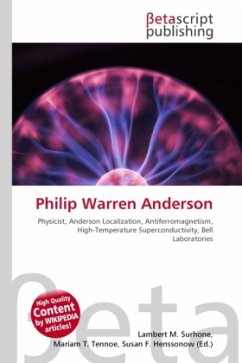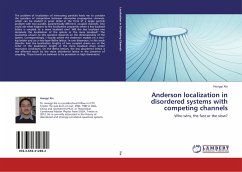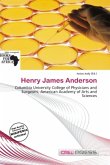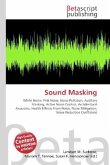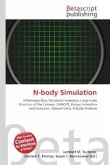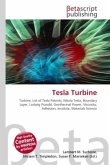High Quality Content by WIKIPEDIA articles! Philip Warren Anderson (born December 13, 1923) is an American physicist and Nobel laureate. Anderson has made contributions to the theories of localization, antiferromagnetism and high-temperature superconductivity. Anderson was born in Indianapolis, Indiana and grew up in Urbana, Illinois. He graduated from University Laboratory High School in Urbana in 1940. Afterwards, he went to Harvard University for undergraduate and graduate work, with a wartime stint at the U.S. Naval Research Laboratory in-between. In graduate school he studied under John Hasbrouck van Vleck. From 1949 to 1984 he worked at Bell Laboratories in New Jersey, where he worked on a wide variety of problems in condensed matter physics. During this period he discovered the concept of localization, the idea that extended states can be localized by the presence of disorder in a system; the Anderson Hamiltonian, which describes electrons in a transition metal; the "Higgs" mechanism for generating mass in elementary particles; and the pseudospin approach to the BCS theory of superconductivity.
Bitte wählen Sie Ihr Anliegen aus.
Rechnungen
Retourenschein anfordern
Bestellstatus
Storno

